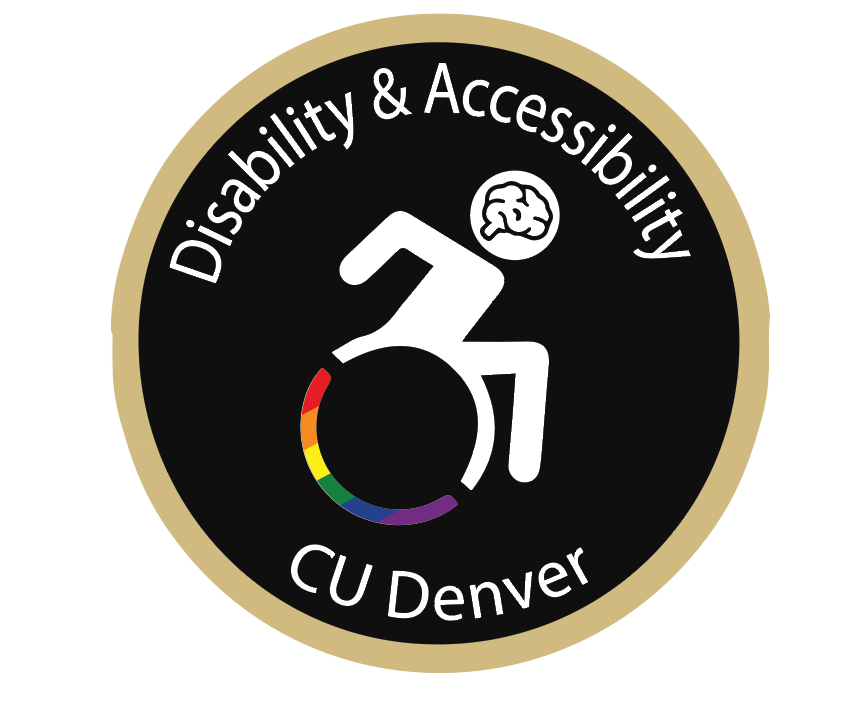The Community
Did you know that in any school or workplace, it is estimated that 15-20% of the people attending are disabled while often less than 5% may actually report or identify as having a disability. We may recognize individuals with certain physical disabilities, but many disabilities are invisible; individuals may have conditions such as immuno-compromising disorders, fibromyalgia, MS, Crohn's, psychiatric conditions, or neurodiversity that are intermittent or that cause symptoms invisible to others. Some people are open about their disability; some receive legally mandated accommodations. Many with invisible disabilities choose to keep their conditions private when possible and may have concerns, such as being labeled malingers. Still others may not be able to afford or access the testing and services that would help them. Some adapt themselves and never seek outside help. Others choose to keep their disability hidden because they consider it a private matter or due to stigma and discriminatory practices, both overt and covert, they may deal with. Students, staff, faculty are under no obligation to disclose their conditions to teachers or colleagues. Ableism is a form of systemic oppression that intersects and operates alongside racism and homophobia marginalizing and stigmatizing individuals. We recognize how our positionalities within these systems shape our own experiences and those of our communities. At the same time, disability is unique in its capacity to affect us all at some point during our lives. The disability community is the largest minority, yet often the most overlooked, community.
What can we do to create an inclusive community?
- Practice empathy—understand people have hidden disabilities, and that many with disabilities have dealt with bias, barriers, and prejudice that can limit their access to housing, education, employment and advancement, and access to social and public spaces. If you see someone who does not respond in the way you expect or is struggling with a situation or deadline, consider that they may not be trying to be difficult or obstinate, but they may just be dealing with a condition of which you may be unaware.
- Work to make our campus more physically accessible. Report when you see obstacles to AHEC or UCD Facilities (or to the number listed on the disability stickers on many building doors).
- Engage in accessibility practices in our communications and pedagogy. System communications and Email accessibility gives directions for making all your communications more accessible to colleagues and students. (Consult our page on inclusive pedagogy. For example, consider using universal design techniques: multiple means of representation, action or expression, and engagement. Use closed captioning during Zoom sessions, use alt text when you send images, and ensure that digital content can be read by a screen reader. Allow students multiple options to demonstrate their learning. These examples are among other ways to make content accessible.)
Talking to People with Disabilities
Some people with disabilities prefer person-first language meaning you refer to a person with a condition such as a "person with epilepsy" rather than as an "epileptic." Some see their condition as part of their identity and community and prefer to be referred to in that manner, as "deaf" rather than a "person with deafness." Whenever possible, ask their preference.
"On 'Person-first Language': It's time to actually put the person first" explains the issue well.
Resources:
35 Crucial Statistics and Facts to Know in 2024
30 Years After the American Disabilities Act, College Students Say Law Is Not Enough
